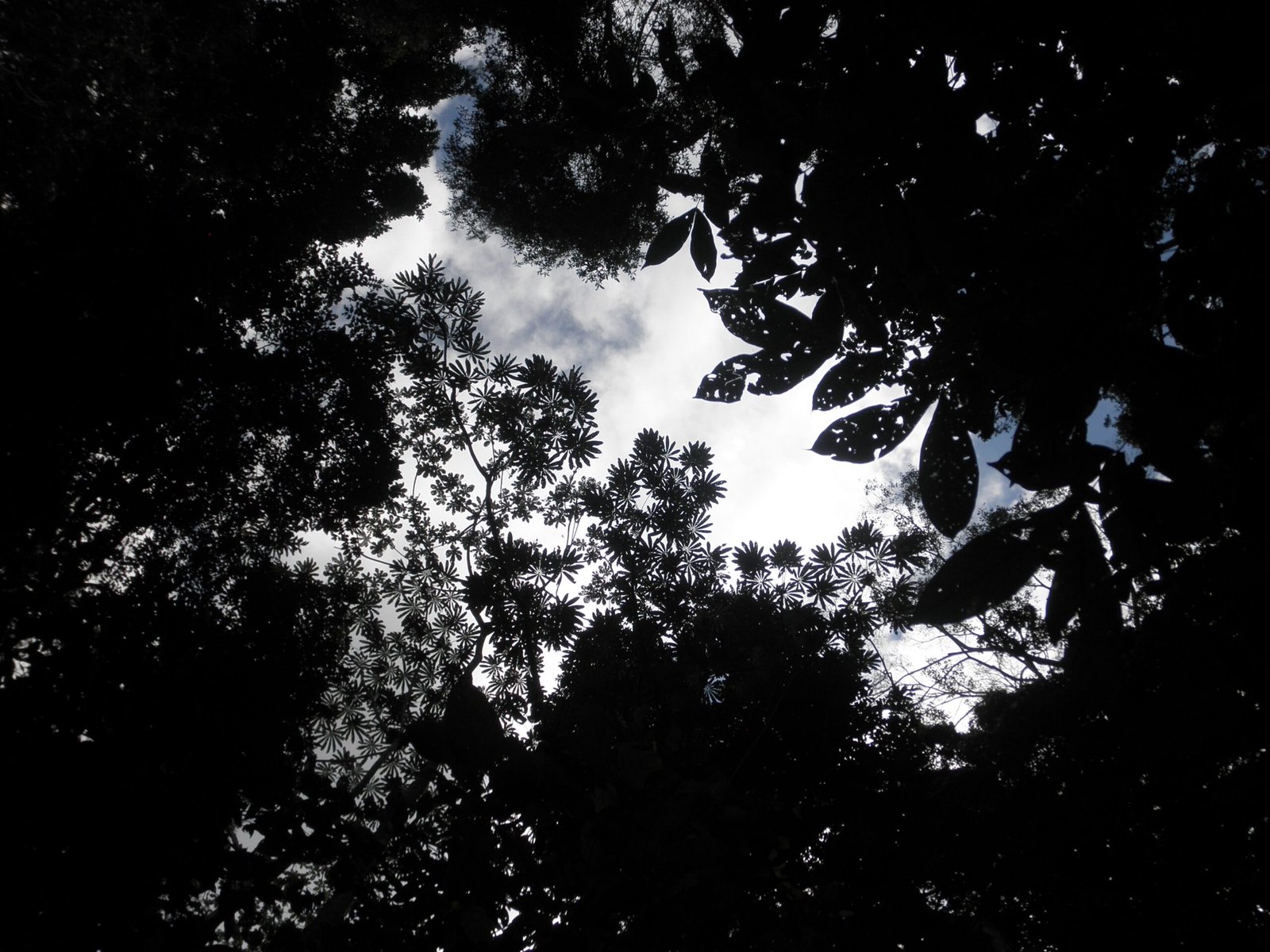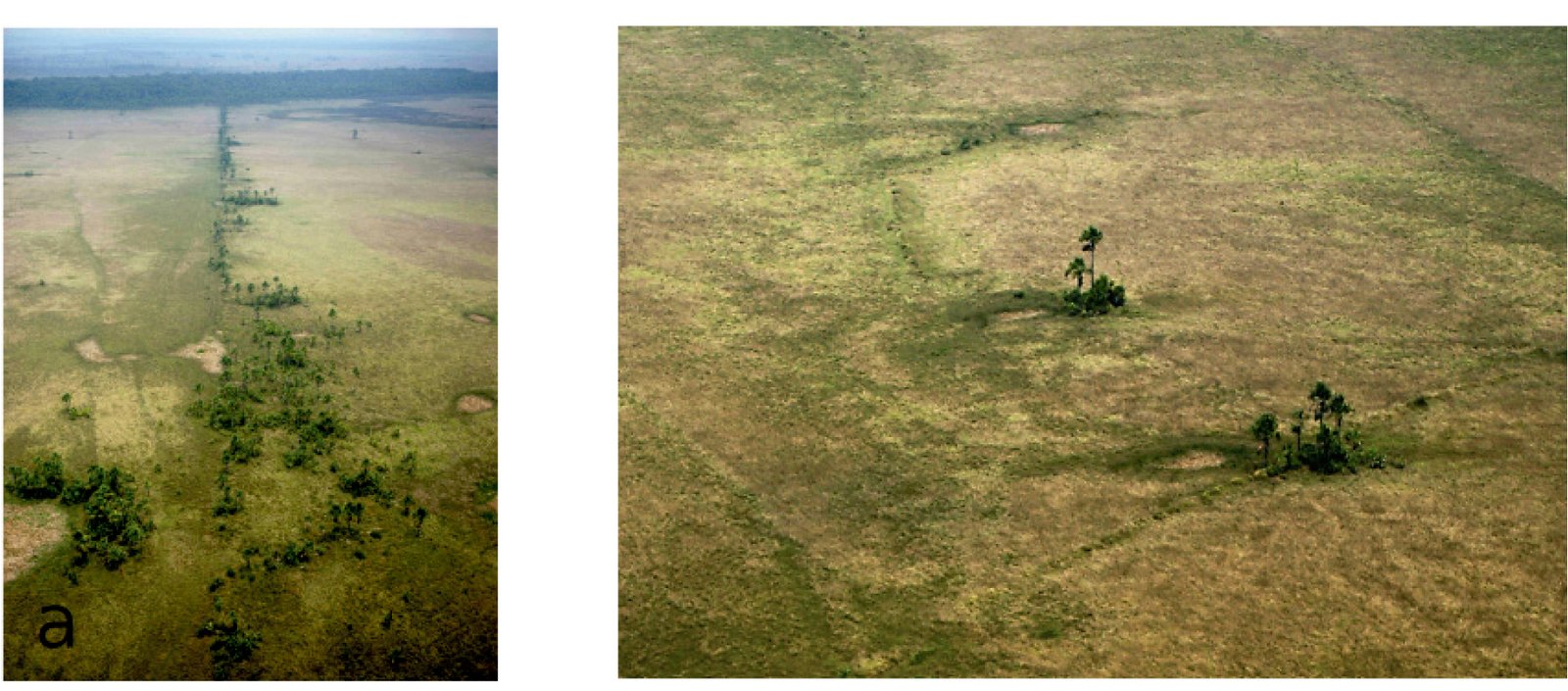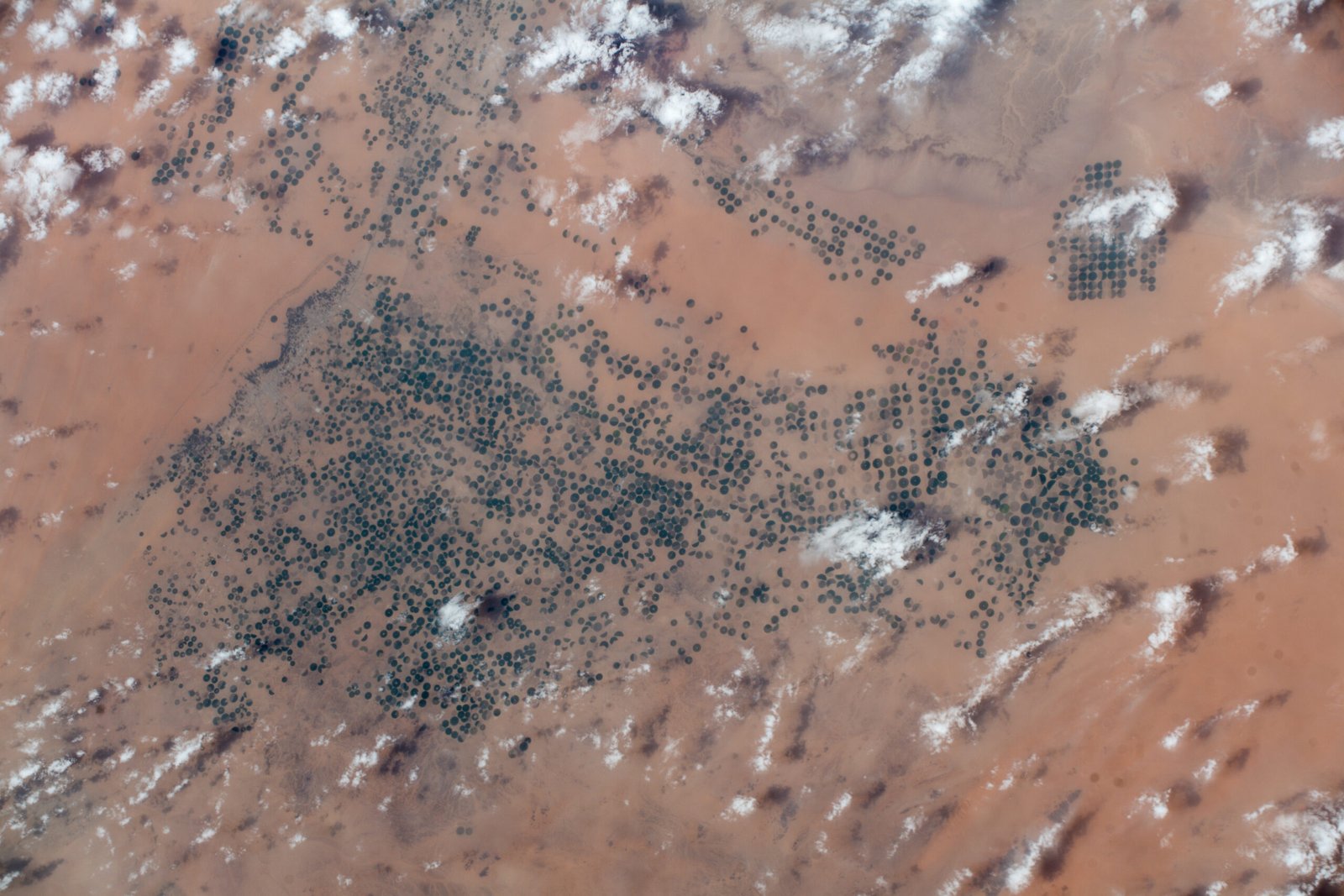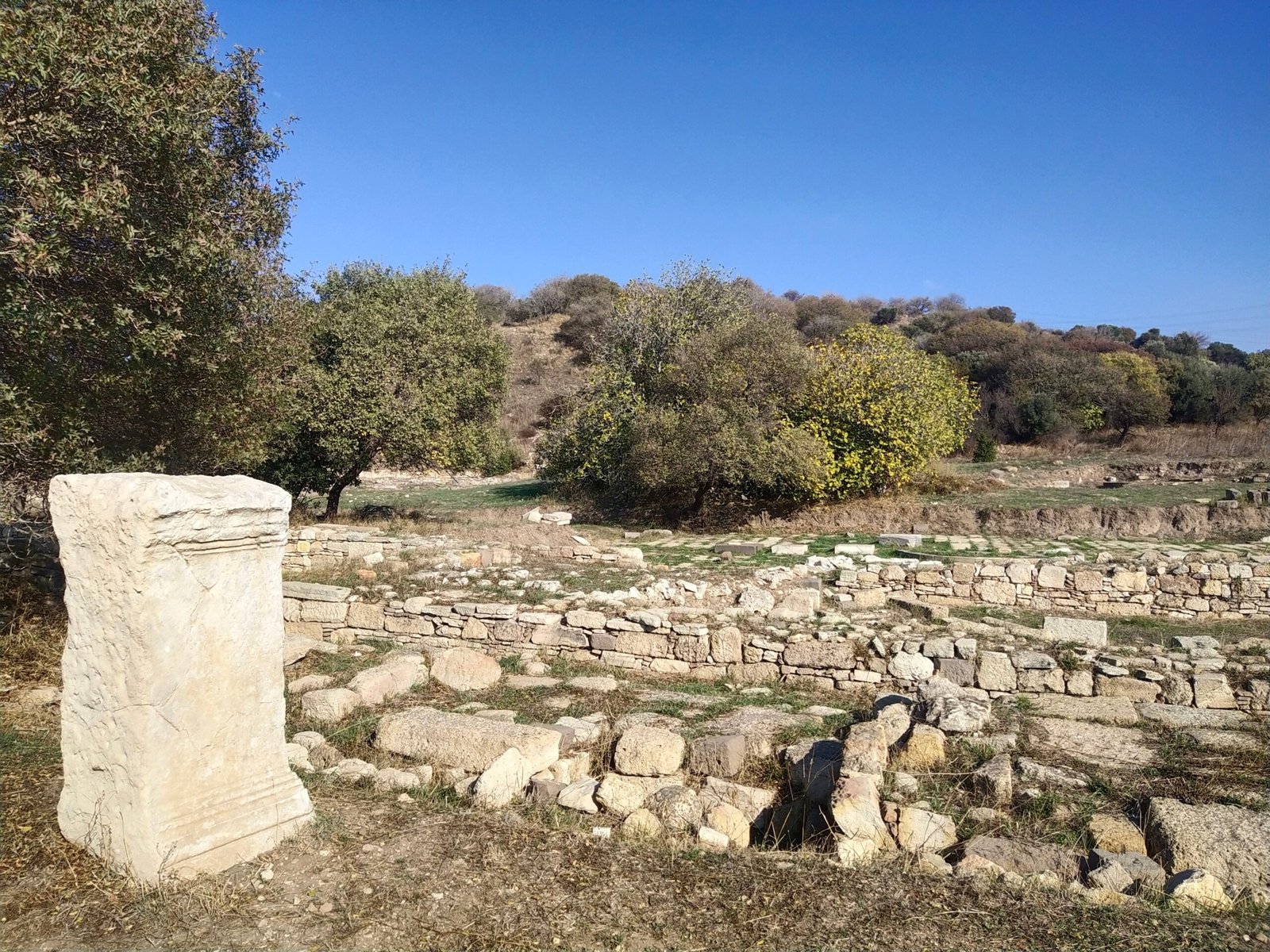It’s a scene straight from a storybook: sunlight spills through the tangled green canopy, parrots shriek overhead, and somewhere below, the ground is thick with roots and shadows. For centuries, explorers and scholars believed the Amazon rainforest was a wild, untouched wilderness—too dense, too harsh, and too empty for ancient civilizations to have flourished. But recent advances in laser technology, known as LiDAR, are shattering that myth with breathtaking revelations. As laser beams peel back the curtain of foliage, what emerges is nothing short of astonishing: sprawling cities, intricate roads, and lost worlds hidden beneath the green. The jungle, it turns out, is far from empty—it’s a palimpsest of forgotten empires and human ingenuity, waiting to be rediscovered.
The Power of LiDAR: Seeing Through the Leaves
LiDAR, short for Light Detection and Ranging, might sound like something out of a science fiction novel, but its impact on archaeology is downright revolutionary. Mounted on drones or aircraft, LiDAR devices shoot millions of laser pulses per second toward the ground. These pulses push right through the thickest vegetation, bouncing back when they hit solid objects like earthworks or stone. By measuring how long it takes for the light to return, scientists can create stunningly detailed 3D maps of what’s hidden beneath the jungle canopy. This technology doesn’t just make exploring the Amazon easier—it’s transforming our understanding of what’s possible in one of the world’s most mysterious places.
Challenging Old Assumptions About Amazonia

For generations, the prevailing wisdom was that the Amazon’s poor soils and relentless climate made it unsuitable for large-scale human settlement. Early explorers described small, scattered tribes living in apparent isolation, and their observations stuck. Scholars argued that the jungle was a barrier, not a home, for civilization. But LiDAR data is flipping this idea on its head, revealing signs of dense populations, advanced engineering, and vast networks that rival those of other ancient cultures. The story of the Amazon is being rewritten, and it’s a tale of innovation, adaptation, and resilience.
An Explosion of Discovery: Cities Beneath the Trees
When LiDAR scans were first conducted in the Amazon, expectations were modest. No one imagined just how much lay beneath the surface, hidden by centuries of regrowth. What the lasers found was nothing short of jaw-dropping: geometric earthworks, enormous plazas, ceremonial centers, and sophisticated roadways. In places like the Llanos de Mojos in Bolivia and the Brazilian state of Mato Grosso, entire cityscapes have been mapped out, revealing organized layouts, neighborhoods, and engineered mounds. These were not isolated villages—they were bustling urban centers, home to thousands, perhaps even tens of thousands, of people.
Earthworks: The Amazon’s Ancient Architecture

One of the most striking discoveries made possible by LiDAR are the earthworks—vast, geometric shapes carved into the jungle floor. These include circles, squares, and complex patterns, some stretching for hundreds of meters. Scientists believe these earthworks served multiple purposes: ceremonial, residential, and defensive. Unlike the stone pyramids of Egypt or the temples of the Maya, Amazonian builders used earth, clay, and wood—materials that have long since been reclaimed by the forest. LiDAR lets us see the ghostly outlines of these structures, offering a glimpse into the lives of their creators.
Roads and Causeways: Highways in the Heart of the Jungle
Perhaps even more surprising than the cities themselves are the networks of roads connecting them. LiDAR has uncovered straight, wide causeways—some raised above the floodplain—linking settlements over vast distances. These “highways” suggest a high level of coordination and planning, as well as the movement of people, goods, and ideas. In some regions, these roads run arrow-straight for miles, defying the chaotic terrain. To imagine ancient Amazonians traversing these routes, organizing trade and ceremonies, brings a whole new layer of complexity to our picture of the rainforest.
Water Management: Taming the Floodplain

The Amazon is famous for its seasonal floods, which can turn vast areas into temporary lakes. Far from being a hindrance, ancient civilizations learned to harness this water, building canals, reservoirs, and artificial ponds. LiDAR images have revealed intricate water management systems, including massive fish ponds and ditches designed to irrigate crops or provide fish year-round. These innovations allowed for a stable food supply, supporting large populations even in challenging conditions. The ingenuity behind these systems is both humbling and inspiring—a testament to the adaptability of the human spirit.
Gardens in the Jungle: Terra Preta and Amazonian Agriculture
One of the great mysteries of the Amazon is how its ancient peoples managed to farm in such poor soils. The answer, it turns out, lies in the creation of “terra preta”—rich, black earth created by adding charcoal, bone, and organic waste to the ground. This engineered soil is still fertile today, centuries after it was first made. LiDAR surveys show that these garden plots were not isolated but spread across vast areas, supporting staple crops like manioc, maize, and fruit trees. This intentional transformation of the landscape is evidence of a culture deeply attuned to its environment, turning adversity into abundance.
The Scale of Civilization: Population Estimates Reimagined

With every new LiDAR scan, population estimates for pre-colonial Amazonia rise. What was once thought to be sparsely inhabited now appears densely settled, with some regions rivaling the population densities of medieval Europe. Researchers estimate that millions of people may have lived in these interconnected cities and villages before the arrival of Europeans. This revelation challenges not only our view of Amazonian history but also our assumptions about the limits of human adaptation in extreme environments.
A Web of Connection: Networks Across the Rainforest
LiDAR doesn’t just reveal individual cities—it uncovers the threads that connect them. Across hundreds of miles, scientists are finding patterns of settlement, shared architectural styles, and synchronized ceremonial spaces. These connections suggest that Amazonian societies were not isolated or primitive but part of a vast, dynamic network. Trade, culture, and ideas flowed along these routes, weaving a tapestry of civilization as rich and complex as any found in the Old World.
Collapse and Abandonment: The Shadow of Catastrophe

If the Amazon was once so full of life, what happened to its cities? The answer is as tragic as it is familiar: the arrival of Europeans in the 16th century brought disease, violence, and upheaval. Smallpox, influenza, and other diseases decimated populations that had no immunity, while colonial exploitation shattered social structures. Forests quickly reclaimed abandoned cities, erasing the physical evidence of centuries of achievement. LiDAR is helping to recover this lost chapter, but the scars of collapse remain etched in both landscape and memory.
Rewriting the Narrative: The Jungle as a Cultural Landscape
For too long, the Amazon has been seen as a pristine wilderness, untouched by human hands. The stories told by LiDAR scans force us to see the jungle not as empty, but as a cultural landscape—one shaped and reshaped by generations of people. This new understanding has profound implications, not just for archaeology but for the way we think about conservation, indigenous rights, and the relationship between humans and nature.
The Role of Indigenous Knowledge: Guardians of the Forest

Modern science is finally catching up to what indigenous communities have long known: the Amazon is a living archive of their ancestors’ achievements. Many of today’s inhabitants are direct descendants of those who built the ancient cities and earthworks. Their knowledge of the land—where to find terra preta, how to navigate the rivers, what plants to cultivate—offers invaluable clues to the past. As researchers and indigenous groups collaborate, there’s hope that these discoveries can help protect both the forest and its people.
Conservation Lessons from Ancient Amazonia
Discovering the Amazon’s ancient cities is more than a scientific thrill—it’s a lesson in sustainable living. The people who thrived here did so by working with the forest, not against it. Their agricultural practices enriched the soil, their water systems managed floods, and their settlements left space for wild nature. In an age of deforestation and climate change, these ancient solutions may hold keys to a more balanced future. It’s both a wake-up call and an invitation to rethink our relationship with the world’s greatest rainforest.
LiDAR’s Limitations: What Remains Hidden
As powerful as LiDAR is, it’s not a magic wand. Some evidence—like wooden structures, ancient pottery, or subtle traces of daily life—remains invisible to its lasers. Ground surveys and traditional archaeology are still crucial for filling in the gaps, uncovering stories that even the most advanced technology can miss. LiDAR is a tool, not a substitute for human curiosity and perseverance. The jungle still guards many secrets, waiting for those willing to look closer.
The Future of Amazon Archaeology: New Frontiers
With every new scan, the map of ancient Amazonia grows more complex. Researchers are planning ambitious projects, covering larger areas and collaborating across borders. The hope is to create a comprehensive picture of pre-colonial life, from the grandest city to the humblest farmstead. Advances in artificial intelligence and data analysis promise to uncover even more hidden structures, patterns, and clues. The age of discovery is far from over—if anything, it’s just beginning.
Changing Our Understanding of Civilization
The real shock of the LiDAR revolution isn’t just the scale of what’s been found—it’s what it says about humanity itself. Civilization doesn’t always mean stone pyramids or marble temples. Sometimes, it’s earth and wood, shaped by hands that loved, struggled, and dreamed in the shadow of towering trees. The Amazon’s lost cities remind us that greatness can take many forms, and that even the thickest jungle may hide the echoes of a thriving, vibrant world.



